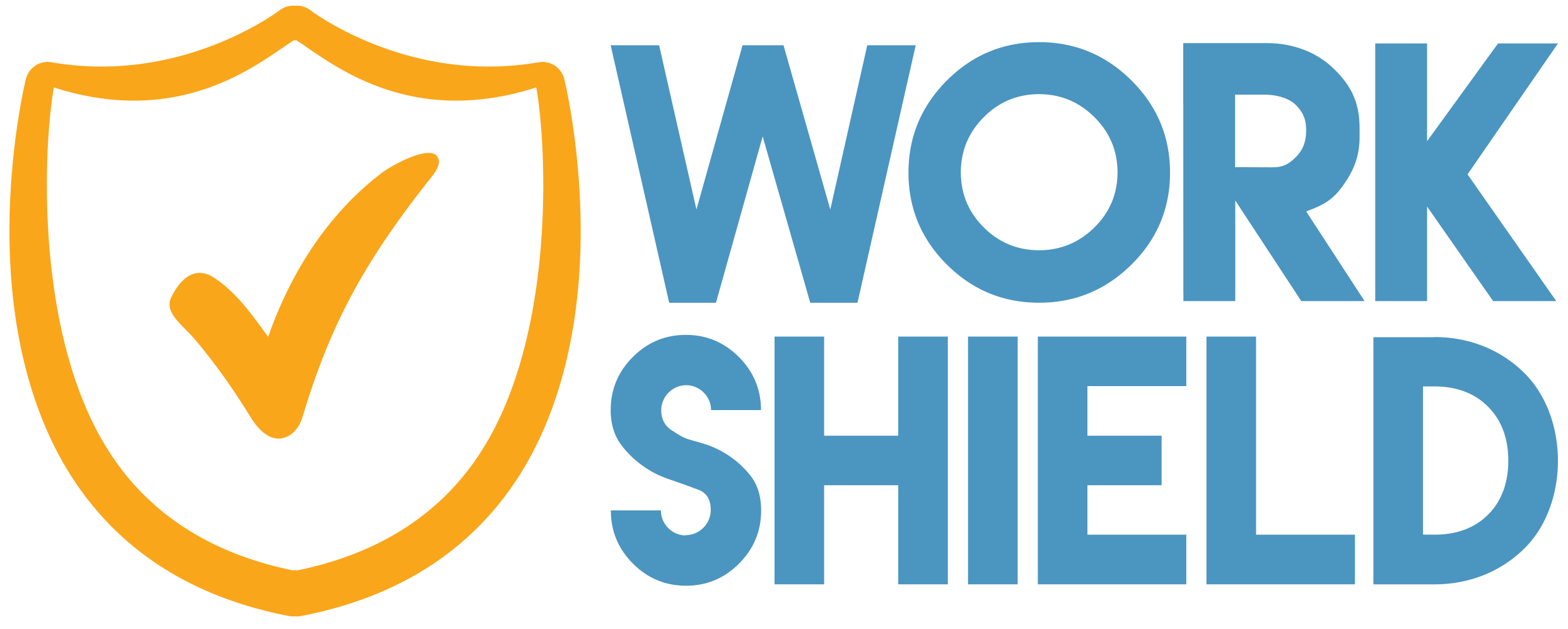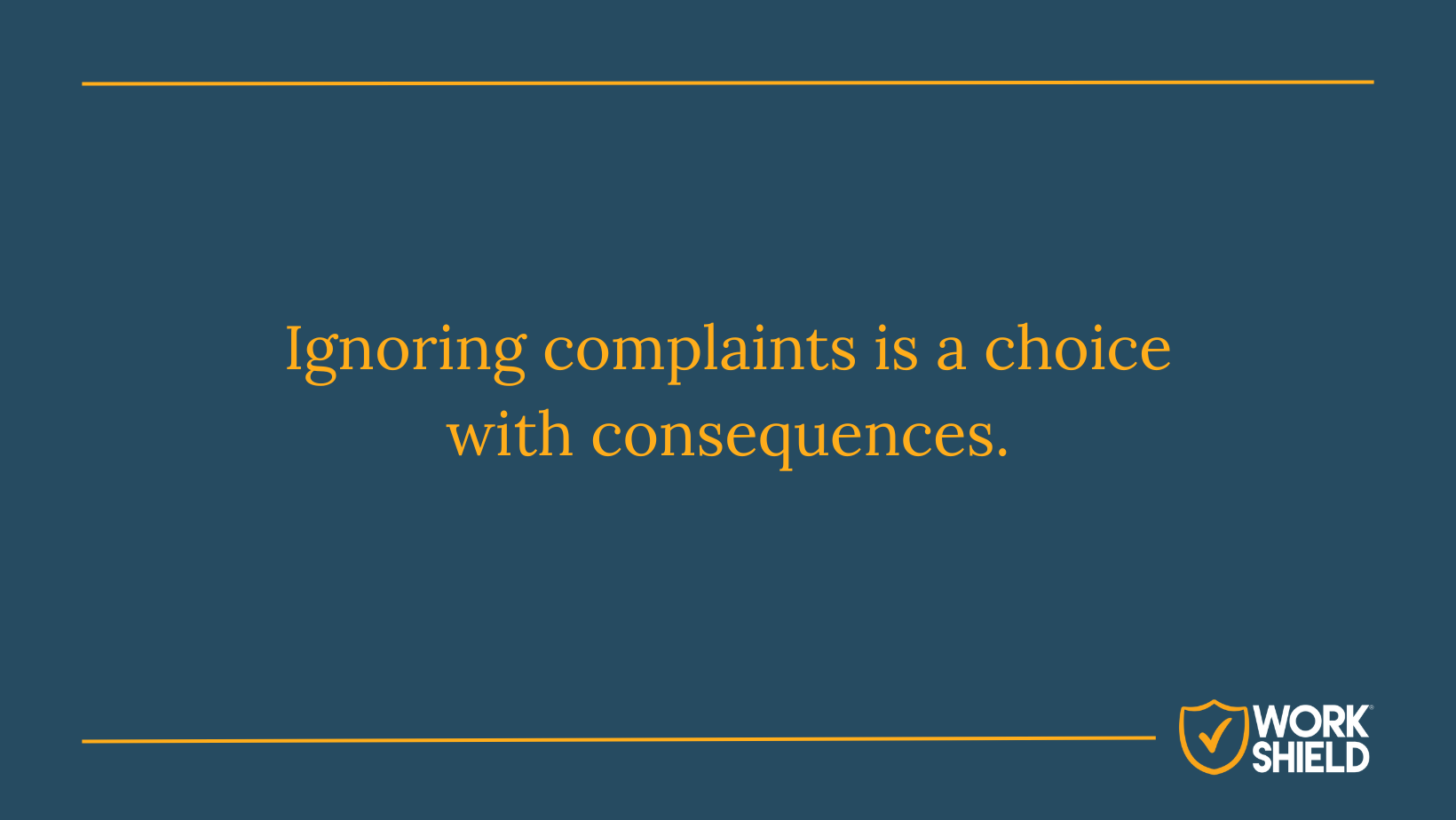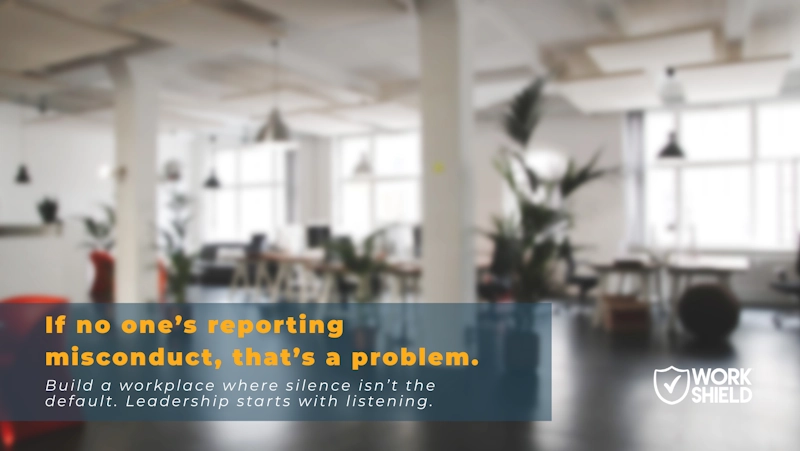When misconduct is reported, silence is not a neutral act. It is a liability.
This week, the Equal Employment Opportunity Commission (EEOC) announced a $175,000 settlement with Insurance Auto Auctions after a black yard worker experienced repeated racial harassment by coworkers. According to the lawsuit, managers were aware of the misconduct but failed to take action. The employee eventually resigned. The EEOC filed suit under Title VII of the Civil Rights Act.
This case is not just a warning for employers in the auto industry. It is a broader reminder for HR and compliance teams across all sectors.
Key Facts of the Case
- A yard worker faced repeated racial slurs from coworkers.
- Local managers were allegedly aware but did not take corrective action.
- The worker resigned due to the harassment.
- The EEOC filed a lawsuit and recovered $175,000 in a settlement.
- The employer agreed to provide manager training and improve its internal investigation process.
Source: EEOC press release
Five Compliance Reminders for Employers
- Racial harassment is unlawful under Title VII. Slurs, jokes, and hostile conduct based on race or color are not just inappropriate. They are violations of federal law.
- When any member of management is aware of misconduct, the organization has a legal responsibility to respond.
- Failing to act on a complaint may be viewed as retaliation. This includes ignoring reports or allowing harassment to continue.
- Employers may be liable even when an employee resigns. A resignation caused by a hostile work environment can still trigger legal exposure.
- Reporting systems must be more than a policy. Employers need real processes for managing incidents, conducting investigations, and closing the loop with impacted employees.
EEOC Enforcement Trends
In fiscal year 2024, the EEOC recovered more than 60 million dollars in settlements related specifically to racial harassment. That number does not include other types of claims such as retaliation, sexual harassment, or religious discrimination. The scale of enforcement activity reflects more than just increased reporting. It signals a growing focus on employer response and follow-through.
Across recent cases, one pattern stands out: the EEOC is taking action when employers receive a complaint and fail to respond in a meaningful or timely way. These are not just incidents of misconduct. They are breakdowns in the systems that are supposed to address it.
The EEOC’s updated guidance emphasizes that investigations must be prompt, thorough, and impartial. This means employers cannot rely on ad hoc approaches or assume that internal handling will meet the required standard. Investigators must be trained, unbiased, and free from any conflicts of interest related to the people or issues involved.
For HR and compliance leaders, this raises critical questions:
- Do employees feel safe and supported when reporting misconduct?
- Are investigations handled by someone with the training and distance to be seen as credible?
- Can you defend your investigation process if a claim escalates?
Enforcement numbers are rising not only because incidents are occurring, but because internal responses are falling short. Employers need to look beyond policies on paper and assess whether their investigation process holds up under real pressure.
Final Takeaway
Every complaint is a test of trust. The outcome depends on your response.
Employees are not only watching how you handle misconduct. They are deciding whether your process is safe, fair, and worth using. A single unresolved incident can affect more than one employee’s experience. It can shape the way your workforce views leadership, your policies, and your organization as a whole.
The real measure of a workplace is not whether misconduct happens. It is how the organization responds when it does. That response either builds confidence or breaks it.
HR and compliance teams are often the first and last line of defense. Your ability to respond with consistency, objectivity, and care is what protects both people and the organization. When that response is rushed, biased, or unclear, the risk grows quickly, and so does the potential fallout.
Your process does not have to be perfect. But it must be credible.
Need to revisit your process?
We work with HR and compliance leaders to simplify how complaints are reported, investigated, and resolved. Explore our approach.





